What Is Takarazuka?

Originally formed in 1914, Takarazuka (or, officially, The Takarazuka Revue) is an all-female acting and singing performance troupe that regularly performs on stage in elaborate, Western-style musical theatre acts. After coming into existence over a century ago, Takarazuka and Takarazuka actresses have developed a large and enthusiastic fan base – particularly in the LGBTQ+ community.
Roles in Takarazuka
Otokoyaku
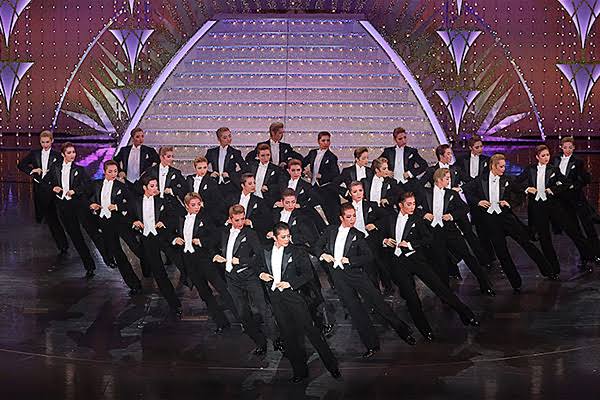
Roles in Takarazuka are divided into two: Otokoyaku and Musumeyaku, meaning “male role” and “girl role.” Otokoyaku are selected at the end of the first year of training in the elite Takarazuka Music School. Otokoyaku, as the name implies, play men’s roles in their performances, and are encouraged to speak in a more manly register in their school lives, including cutting their hair short.
Musumeyaku
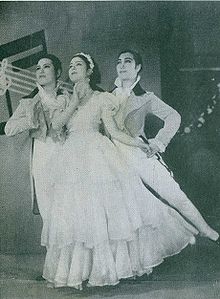
As you may imagine, Musumeyaku portray all the women’s roles on stage. They take more traditionally womanly personas on stage, and in class are encouraged to speak and conduct themselves in a feminine manner.
Takarazuka Troupes
Although it started as a single group in 1913, the popularly of the Takarazuka Revue meant that, by 1921, there were too many actors to have in just one company, and so the Revue was divided into two different groups: the Flower Troupe (Hanagumi) and Moon Troupe (Tsukigumi). The Flower Troupe would do the first performance of a show, while the Moon Troupe would act out the second. Today, Flower Troupe is known as the premier troupe of the Revue, while Moon Troupe nurtures new talent.
Today, with two permanent theatres and touring, the number of troupes has expanded to include Snow Troupe, which has a reputation for more traditional dance and music, Star Troupe, which rivals Flower Troupe for talent, and Cosmos Troupe, which performs more experimental shows. There is also the Superior Members group, which while not an official troupe as such, play supporting roles when needed, usually made up of senior, experienced actors.
Among the troupes, two actors are highlighted as the Top Star and the Top Musumeyaku. The Top Star is the best Otokoyaku of the troupe, and will typically have the leading role in each Grand Theater production until retirement. The Top Musumeyaku is similarly the leading lady of the troupe. Together, the two make up what is called a troupe’s Top Pair.
Popular Actresses in Takarazuka
Popular Otokoyaku Actress in Takarazuka
Rio Asumi
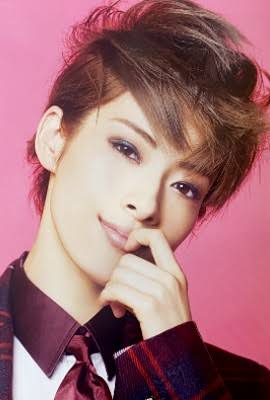
Highly rated for her acting abilities portraying male characters, Asumi debuted in the Takarazuka Revue in 2003, and stayed with the company until 2019, after five consecutive years as the Top Star of the Flower Troupe. She was especially well known for her performance as Death in the musical Elisabeth.
Reon Yuzuki

After being considered too tall to become a ballerina, Yuzuki entered the Takarazuka Music School and made her debut in 1999. She was the Star Troupe’s Top Star for six years, the second longest in Takarazuka history. One of her most notable roles was that of Chauvelin in The Scarlet Pimpernel.
Kei Aran
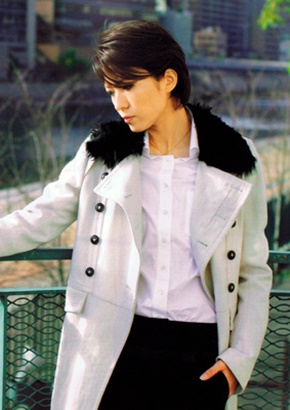
Another Star Troupe member, Aran was the first person of Zainichi Korean descent to become a Takarazuka top star. During her career at the Revue, which spanned nearly twenty years between 1991 and 2009, she played three crucial male roles (Andre, Oscar, and Hans Axel Von Fersen) in The Rose of Versailles.
Yoka Wao
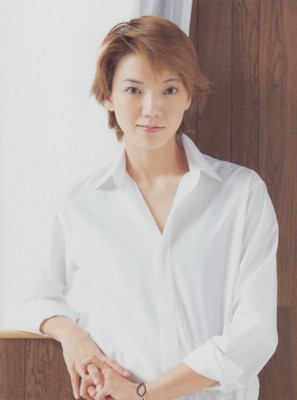
The Osaka-born Wao, whose birth name is Takako Okawa, had an extensive career performing in the Takarazuka Revue, from 1988 to 2006. She holds the record for being the longest consecutive Top Star, from 200 to 2006, and after leaving Takarazuka, she played the lead role in Dracula: The Musical, the first woman to do so.
Kuniko Ashihara
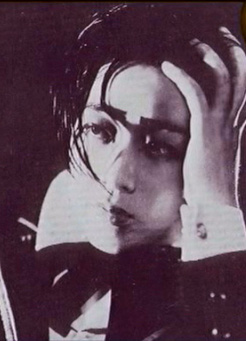
One of the most significant performers in Takarazuka Revue history, Ashihara (born Eiko Okamoto in 1914) was part of the first class from the Takarazuka Music School to pioneer the Otokoyaku style. The dandy-esque short, slicked hair, and tuxedo helped to solidify the aesthetic of Otokoyaku that continues to this day.
Popular Musumeyaku Actress in Takarazuka
Sumika Nono
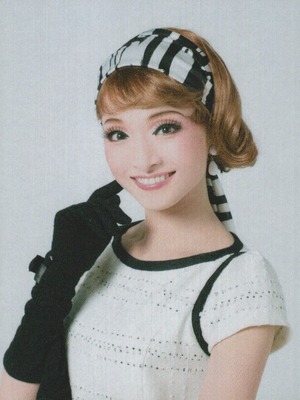
Making her debut in 2005’s Asian Winds!, Nono soon rose to become one of the most prominent Musumeyaku actresses in a mere five years, thanks to her exceptional singing and dancing abilities. One notable role is her performance as Ilza Land in an adaptation of Casablanca.
Misaki Hoshizora
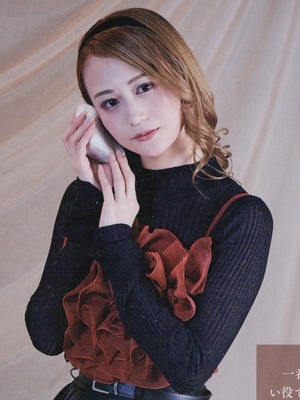
The current Top Musumeyaku of the Flower Troupe, Hoshizora made her debut in a 2019 adaptation of Ocean’s 11. Her first leading performance was in Gin-Chan’s Love in 2021, and her debut as Top Musumeyaku was in 2024’s Don Juan as Maria.
Hana Hizuki
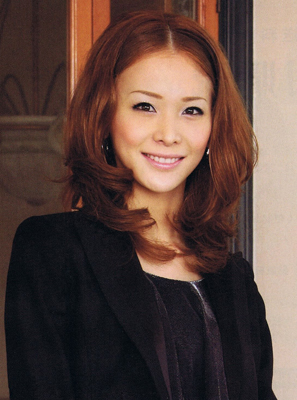
Making her debut in 2000, Hizuki soon earned her first Musumeyaku lead role in 2003’s production of Singin’ in the Rain as Kathy Selden. In 2007, she became the Top Musumeyaku for the Cosmos Troupe, and went on after retirement to become a regular guest on TV variety shows.
Juri Amashi
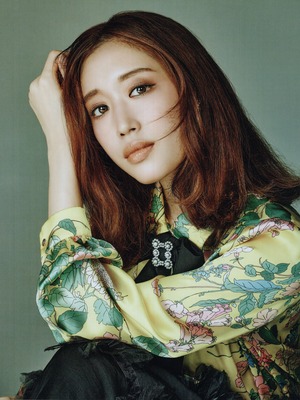
Now entering her tenth year in the Moon Troupe, Amashi was originally Otokoyaku, but has since changed to Musumeyaku, and is the Moon Troupe’s current Top Musumeyaku. Her first role at Takarazuka Revue since becoming Musumeyaku was as Aleida March in Che Guevara.
Hitomi Maisora
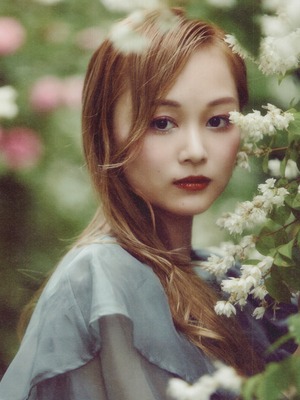
Recently retired, Maisora was a Top Musumeyaku of the Star Troupe. Her final performance, in 2024, was in Hit Me Anyone One More Time, five years after her Top Musumeyaku debut in Mozart, true Rock Opera. Together with her Top Pairing partner, Rei Makoto, she was called “top of the top.”
Where to Watch Takarazuka in Japan?
Tokyo Takarazuka Theater
Originally established in Yurakucho in 1934, the Tokyo Takarazuka Theater is the second home of the Takarazuka Revue. The original theatre was demolished in 1998, and was reopened with a new and expanded space in 2001, seating 2,069 people. Given it’s convenient location, it is a favourite place for theatre goers in Tokyo and a terrific location for tourists to enjoy Takarazuka performances.
Takarazuka Grand Theater
The original birthplace of the Takarazuka Revue, this theater is an icon and a piece of Japanese dramatic history. Opened in 1924 in the city of Takarazuka in Hyogo prefecture and refurbished in 1993, it now boasts over a century of exclusively hosting the Takarazuka Revue. At the time it was built, it was the largest theater in Asia, catering to large groups of people, rather than appealing to a smaller, more elitist audience. It is still active today, and visitors can also visit a museum that showcases the history of the Takarazuka Revue.
Touring
Though the two theatres above are the primary locations to see Takarazuka Revue shows, the different troupes often go on tour, birth within Japan and even occasionally internationally. Keep an eye on the Takarazuka Revue official website to see when and where you can see the Otokoyaku and Musumeyaku live outside of Hyogo and Tokyo.
How Does Takarazuka Link To LGBTQ+?
Connection to LGBTQ+
Since its inception, the Takarazuka Revue has enjoyed a huge female fanbase, with estimates showing that he current fanbase is approximately 90% women. Almost from the start, the Revue has been celebrated for its play with gender, and a source of fascination for lesbian and bisexual women, with the Otokoyaku actors in particular drawing attention. This is in part due to the inherent transgressiveness of women in drag, but the thrill of seeing women romance one another in a performance performed by a company that enjoys a reputation for opulence and elegance. The fandom has been thought of as a safe space for women exploring their sexuality, and it is even considered an open secret that many of the actresses have a personal stake in same-gender relationships.
Notable Takarazuka LGBTQ+ Activists
Koyuki Higashi
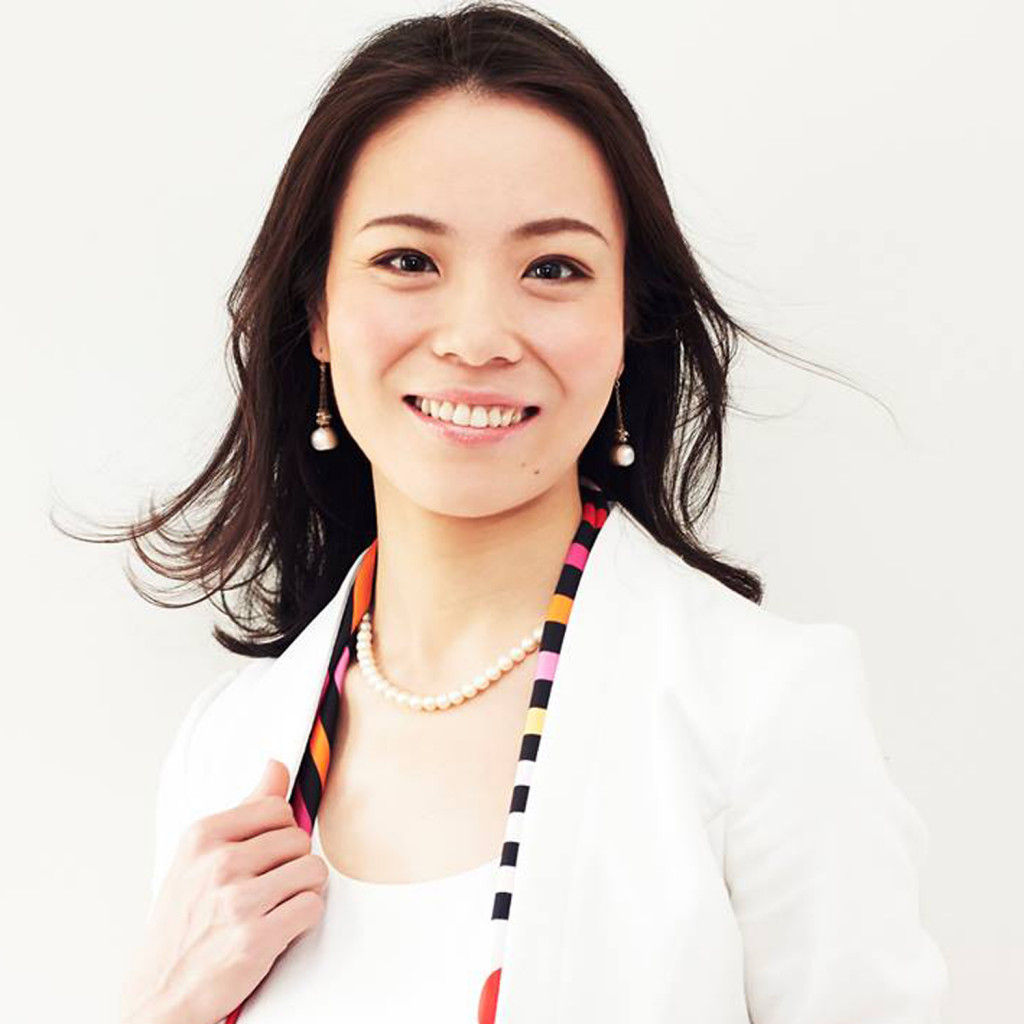
Background
Born in 1985, Higashi became an Otokoyaku actor on graduation from the Takarazuka Music School in 2005, and later stopped performing in 2006. She then went on to become an LGBTQ+ activist, working on events for young lesbian and bisexual women to help them navigate their sexuality.
Notable Achievements
Higashi and her then partner, Hiroko, were the first same-gender couple to get married at Tokyo Disney Resort. After initially being told that their ceremony would be acceptable only if one of the two wore a tuxedo, Tokyo Disney eventually allowed the pair to both wear white dresses for their nuptials. Although Japan still does not recognize same-gender marriage, the ceremony itself was considered to be a landmark moment in modern LGBTQ+ activism in Japan. The pair were later the first to receive a partnership certificate from Shibuya Ward, recognizing their relationship and the rights that must come with it.
Want to Know Other Japanese Culture Related to LGBTQ+?
Kabuki: What Is It and Where to See It
The Takarazuka Revue actually owes its novelty of being a women-only troupe to an older Japanese theater form: kabuki. Kabuki was also originally female-only, having been formed by shrine maiden and entertainer Izumo No Okuni in the late 16th or early 17th Century, before becoming an all-male form when women were banned from performing in 1629.
Conclusion
The Takarazuka Revue is a unique and thoroughly enjoyable experience, and if you have an opportunity to see it during your time in Japan, it comes highly recommended – especially for lesbian or bisexual women.
